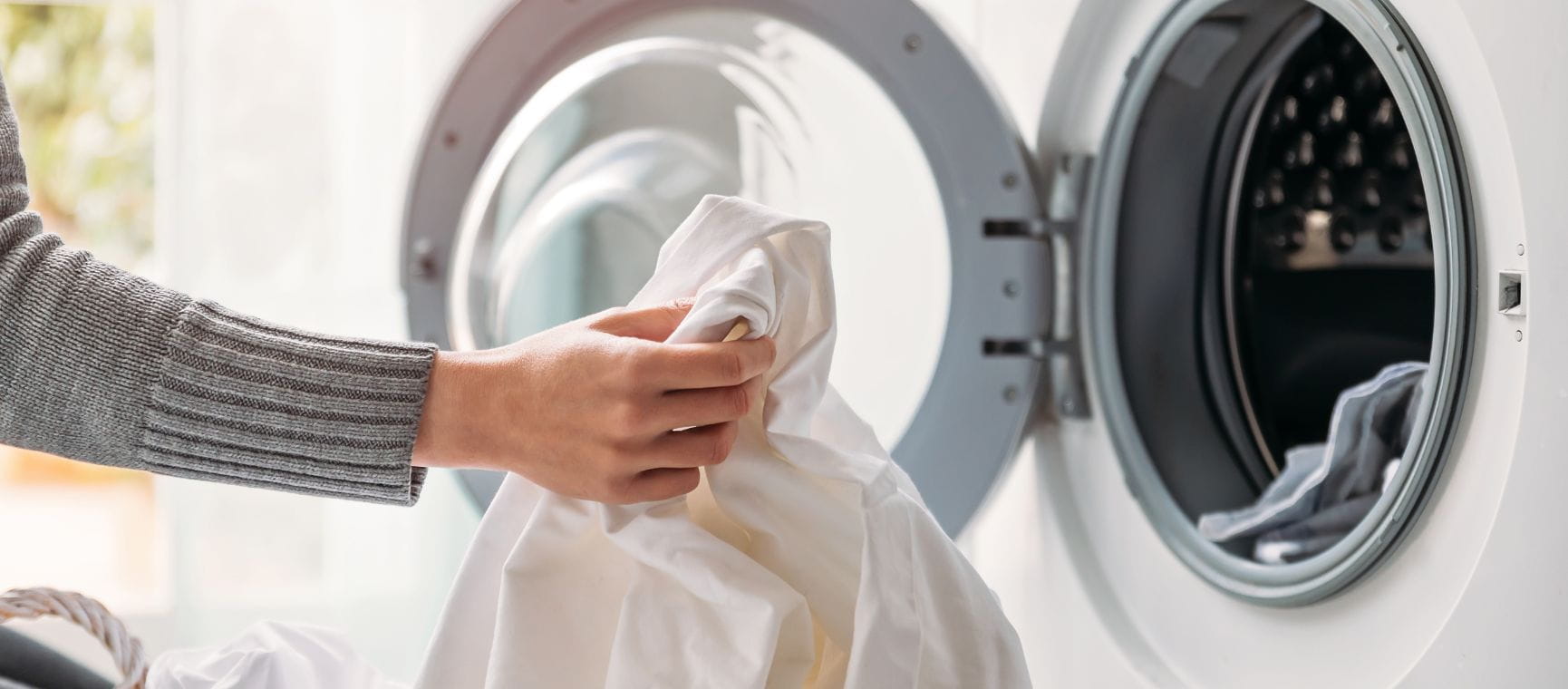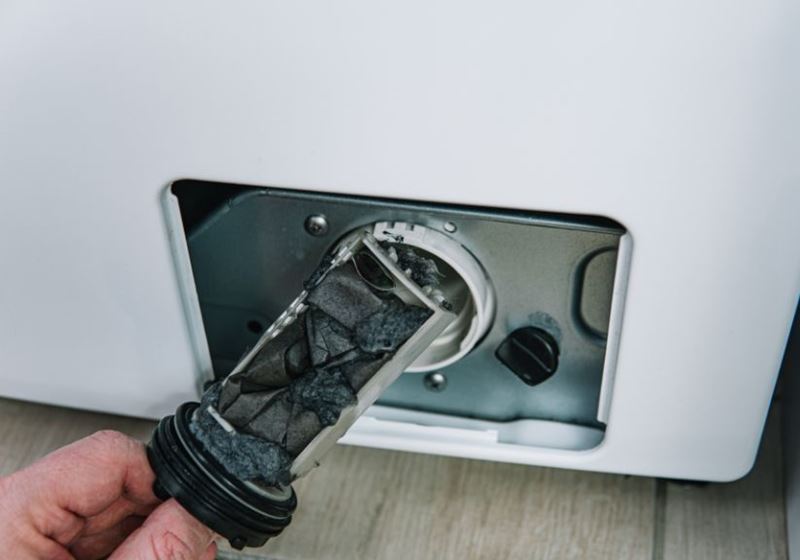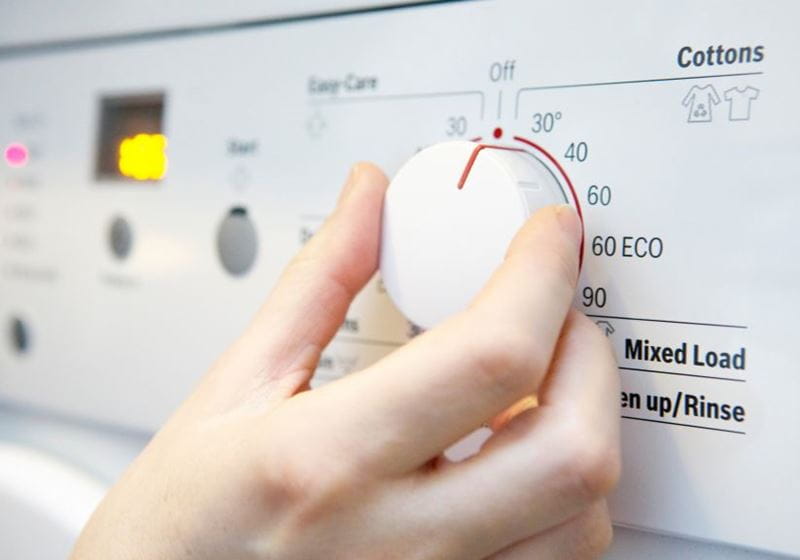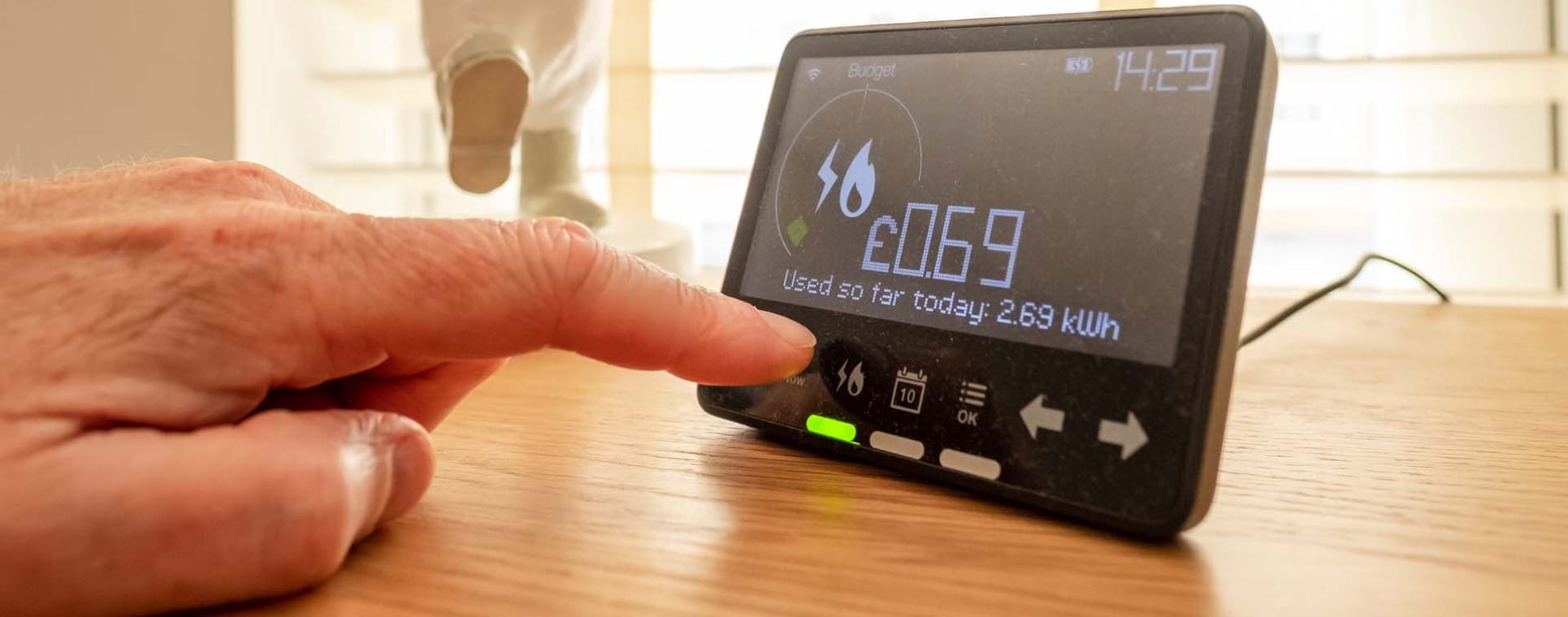Is your washing machine costing you more than it should?
Rising energy bills mean that every wash counts. Here’s how to cut the hidden costs of laundry without sacrificing clean clothes.

Rising energy bills mean that every wash counts. Here’s how to cut the hidden costs of laundry without sacrificing clean clothes.

If you’re like most of us, you probably chuck your clothes in the wash without giving it much thought. But as well as dirt and stains, could you be quietly rinsing away money?
Whether it’s an older machine that’s not as efficient, or rising energy bills, the cost of getting clean clothes can be higher than you think, and those extra pounds soon add up over the course of a year. The good news?
A few simple tweaks to how and when you wash could help keep both your laundry and your bank balance looking fresher.
Just how much does an average laundry cycle set you back? According to Jean Coleman, director of commercial at E.ON Next, it largely comes down to the temperature you choose.
“As many washing machines use electricity and an internal heating element to warm the water they use, many customers can substantially reduce the electricity cost of using their washing machine by reducing the temperature of the wash,” she explains.
In fact, switching to a 30°C wash can make a noticeable difference. Coleman says it uses around 38% less energy than a 40°C wash.
“A typical wash costs around 13p-26p in electricity per cycle, whereas a cycle run at 30°C will cost around 10p-14p,” she explains.
It might not sound like a huge saving, but for a household running four washes a week, the savings quickly add up:
That’s a potential saving of up to £25 annually, just by choosing a lower temperature.

If you think about what you put your washing machine through – mud, detergent residue, stray coins and the odd tissue – it deserves a little TLC to keep it working at its best. The good news? Maintenance doesn’t have to be hard work. Many modern machines have a self-clean mode built in, doing much of the work for you.
"Regularly running the ‘self-clean mode’ on the washing machine will help it run smoothly, helping to prevent the need to rewash clothing,” says Coleman.
Beyond that, simple upkeep makes a big difference. Research from the University of Exeter shows that households who regularly maintain their appliances not only save on energy, but also extend the life of the machine, delaying the hefty cost of replacement.
Cleaning the filter stops blockages that force the motor to work harder and use more energy. Descaling – especially if you live in a hard-water area – prevents limescale from coating the heating element, which otherwise means longer cycles and higher bills.
Clean the filter: every 3 months (or sooner if you notice slow draining).
Descale: every 6-12 months in soft-water areas, every 2-3 months in hard-water areas.
Run a self-clean cycle: every 1-3 months, depending on usage.
Loading your washing machine properly is one of the simplest ways to save money. If you cram the drum until it’s bursting, the clothes can’t move freely, so the machine has to work harder and may not clean them properly, meaning you end up rewashing and using double the energy.
On the other hand, under-filling is just as wasteful: you’re using a full cycle’s worth of electricity and water for only a few items.
The sweet spot? Most washing machine manufacturers recommend aiming for three-quarters full, with just enough room to slide a hand between the laundry and the top of the drum. Ideally, clothes should sit in a loose pile with no crowding or pushing down.
Overloading is responsible for 40-50% of all bearing failures, with repairs costing £150-£600. So, getting the load size right saves money on both energy and water bills, and potentially helps your machine last years longer.

As Coleman points out, reducing the temperature to 30°C is one foolproof way to cut costs on every wash. However, despite the claims of modern detergents being able to tackle stains at lower temperatures, Coleman advises it’s still worth preparing your clothes properly.
“Households should pre-treat stains on clothing so that the lower energy options on their washing machine are sufficient to thoroughly clean clothing,” she says.
Most everyday laundry comes out perfectly clean at 30°C, and it saves energy too. However, scientists caution that some germs are tougher to shift.
A study in the Journal of Applied Microbiology found that while a 40°C cycle removed most bacteria, including things like E. coli, it took a 60°C wash to eliminate them completely. Other research shows that washing machines can even “share” microbes between clothes through the drum and water system.
So, stick with cooler washes for your day-to-day loads, but turn up the heat for towels, bedding, underwear or when someone in the household is ill. It’s a small energy trade-off that helps maintain hygiene.
Yes, eco cycles take longer – sometimes twice as long as a standard wash – but they genuinely use less energy by heating water more slowly and relying on time rather than temperature to clean your clothes.
They’re especially effective for everyday loads that aren’t heavily stained. An eco wash can cost 30-40% less per cycle than a standard wash. Over 200+ washes a year, that’s real money back in your pocket.
The trade-off? Patience. But if you’re not in a rush, it’s one of the easiest savings going.
Not every item needs a spin after just one wear. Washing less often not only saves money and energy, it also helps clothes last longer. Washing weakens fabric fibres over time, so the less you wash, the longer your clothes will last.
If you can cut just one wash per week, that’s £25-£40 and around 2,500 litres of water saved annually.
The simple test – does it actually look or smell dirty? If not, air it out and wear it again.

The time of day when you run your washing machine can make a bigger difference to your bill than the temperature you choose.
“Time-of-use tariffs can offer significant savings for households who can run their washing machine at different times of the day,” says Coleman.
If you’re on a time-of-use tariff, electricity costs vary throughout the day. Peak hours – typically 4-7pm on weekdays when demand is highest – cost significantly more per unit. Off-peak times, like overnight or weekend mornings, can be half the price or less.
But don’t worry if you’re not in during these cheaper times – most modern washing machines have delay timers.
“Coupling a time-of-use tariff with in-built timers on appliances will allow customers to set their washing machine to automatically run during the times when electricity is cheapest,” says Coleman.
It’s worth checking your energy bill or calling your provider to find out if you’re on a time-of-use tariff, or whether switching to one would save you money. If you have flexibility in your schedule, the savings can be surprisingly significant, from £20-£40 a year just for shifting when you press start.
If your washing machine is more than ten years old, constantly needing repairs or guzzling water like there’s no tomorrow, it may be quietly costing you more than it should.
Newer machines, especially those with an A-grade energy rating, use significantly less energy per cycle, which can make those upfront costs easier to justify over time. According to the Energy Saving Trust, a 7kg washing machine, used about 220 times a year, will cost between £25 and £35 annually to run. By contrast, an older, inefficient model could easily exceed that.
Repairs are often a more budget-friendly option – replacing a pump or motor would be cheaper than buying brand-new, for example. But if yours has already had one or two major breakdowns, a newer, more efficient model may pay for itself over the coming years.
Jayne cut her online journalism teeth 24 years ago in an era when a dialling tone and slow page load were standard. During this time, she’s written about a variety of subjects and is just at home road-testing TVs as she is interviewing TV stars.
A diverse career has seen Jayne launch websites for popular magazines, collaborate with top brands, write regularly for major publications including Woman&Home, Yahoo! and The Daily Telegraph, create a podcast, and also write a tech column for Women’s Own.


Your chance to win a five-night river cruise with Saga worth almost £3,000, exploring some of Germany's most culturally-rich cities.

Whether you're looking for straightforward insurance or cover that's packed with extras, our home insurance has plenty of options for people over 50.










